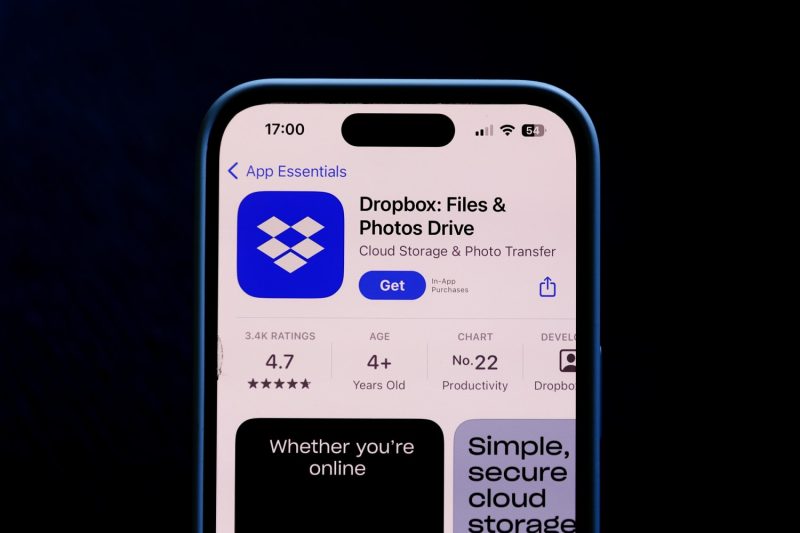The Impact and Implications of Dropbox’s Recent Layoffs
Drastic Changes in the Workforce
Dropbox, a contemporary in cloud storage and collaboration tooling, recently made headlines with its decision to cut 20% of its global staff, eliminating over 500 roles. This decision has sent shockwaves through the industry, as the company has traditionally been perceived as a stable organization with strong growth potential.
The cuts have been made across various departments, including product, finance, sales, and human resources. To absorb this unexpected blow, many of these departments have had to streamline their operations, making for a drastically changed business landscape within Dropbox. This was a significant shift in the culture of an organization that has long been admired for its workplace flexibility and innovation.
Reasons Behind the Job Cuts
Despite the initial sense of shock, the reasons behind Dropbox’s decision are complex. Firstly, the company cites a shift towards a ‘Virtual First’ work model. This model is based on the premise that remote work, rather than in-person collaboration, will be the primary experience for all employees.
Dropbox believes, especially in the wake of COVID-19, that the office should be a place for collaborative work, while focused work can happen virtually from home. This major pivot towards virtual operations likely makes certain roles redundant, contributing to the decision to let go of a significant portion of their workforce.
Secondly, the company is also undertaking broader strategic changes to focus on transforming into a nimbler and more efficient organization. This transformation requires reallocating resources and eliminating roles that do not directly contribute to their overall vision.
The silver lining in this otherwise bleak announcement is that Dropbox is committed to treating employees affected by these layoffs with respect and fairness. According to the company’s statement, these employees will receive separation packages, equitable healthcare plans, company-wide emails, Q&A sessions, and support in transitioning into new roles.
Implications on the Future of Dropbox
Moreover, these layoffs provide a broader perspective on the future of Dropbox and perhaps the tech industry as a whole. Dropbox’s decision to shift to a ‘Virtual First’ work model coincides with an increasingly remote work culture, spurred on by the pandemic.
This strategy could potentially serve as a blueprint for other tech companies contemplating how to navigate the changing business landscape. It could also spark a profound conversation about the efficient use of resources and the future of work within the tech industry.
Moreover, these changes highlight Dropbox’s dedication to staying competitive and adaptable, even in the face of adversity. While layoffs are always unfortunate, this strategic move framed as necessary to continually deliver value to its consumers indicates a relentless commitment by the company to innovate and evolve.
One also cannot negate the human aspect amidst these strategic changes. While Dropbox will likely become leaner and potentially more profitable, the personal and professional implications for the laid-off employees are significant. However, Dropbox’s commitment to providing them with substantial severance, health insurance, and job placement support indicates their effort to mitigate the impact.
In conclusion, while the immediate impact of Dropbox’s staff layoffs is significant, it may be the catalyst required for the tech giant to stay competitive in an ever-evolving industry. The company’s swift pivot to a ‘Virtual First’ work format,






























